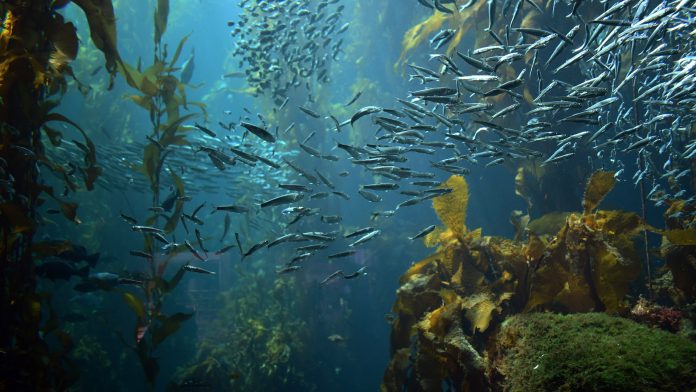Researchers from the University of Gothenburg have outlined the importance of considering climate change in marine planning.
Fostering the sustainable development of marine environments requires planning, just as we have long had spatial planning for land-based activities. In February 2022, the Swedish Government approved the country’s first marine plans, which are to provide guidance for use of the ocean.
To ensure that marine environments in Sweden continue to develop sustainably, University of Gothenburg researchers have now highlighted that marine planning must consider climate change, which is not currently taken into account. The researchers’ models show that temperature and salt content changes may impact ecosystems and species as much as all other effects on the environment combined. It is therefore essential to consider climate change in marine planning.
Current digital tools used for marine planning
Symphony is a digital tool developed by the Swedish Agency for Marine and Water Management to support marine planning, by producing and assessing the consequences of marine plans. The tool uses GIS maps that show the distribution of important ecosystems and species along Sweden’s coastlines and illustrates how environmental disturbances, such as boat traffic, fishing, and nutrient pollution, affect these ecosystems. These maps can then guide setting priorities and various measures for public authorities and others working with marine planning.
However, the current version of Symphony does not consider how the climate will change in the future. Because of this, researchers in the ClimeMarine project have studied what happens when the predicted changes in temperature and salt content are implemented into the tool.
“It showed that the anticipated climate changes will increase the total environmental impact by at least 50%, and in some areas, more than 100%,” said Per Jonsson, a researcher at the University of Gothenburg and co-author of the study.

Maps show where climate change has the most impact
The GIS maps reveal how the effects of climate change vary for different areas.
“It’s a clear sign that we may need to reduce other impacts to lower the total rate of impact in some areas. For example, in areas with valuable eelgrass meadows, we might consider rerouting a shipping line or slowing the expansion of marinas and leisure boating,” stated Jonsson.
The tool also permits the identification of areas forecast to experience less climate impact, such as upwelling areas where deep cold water rises and cools the water at the surface. These areas can act as climate havens, where sensitive species can survive.
“Marine reserves may be considered to protect these areas, where we ‘remove’ other factors that have an impact. Sweden has committed to establishing several new protected marine areas, and Symphony can help identify where they should be located.”
More research is necessary
Jonsson noted, however, that these types of forecasts naturally have weaknesses. The mathematical models used to calculate future temperatures and salt content are constantly being developed and improved.
Further to this, we do not know what the future holds for carbon dioxide emissions as this is a political issue that is difficult to assess.
“We also need to better understand how sensitive different ecosystems and species are to climate change. We need experimental studies that show what happens when the temperature rises and salt content decreases.”
Even without these, however, Jonsson is confident about the impact of climate change on the future of marine environments.
“What we present in the study can be viewed as informed guesses based on the information we currently have. But the effects of a changing climate clearly must be incorporated into marine planning.”




